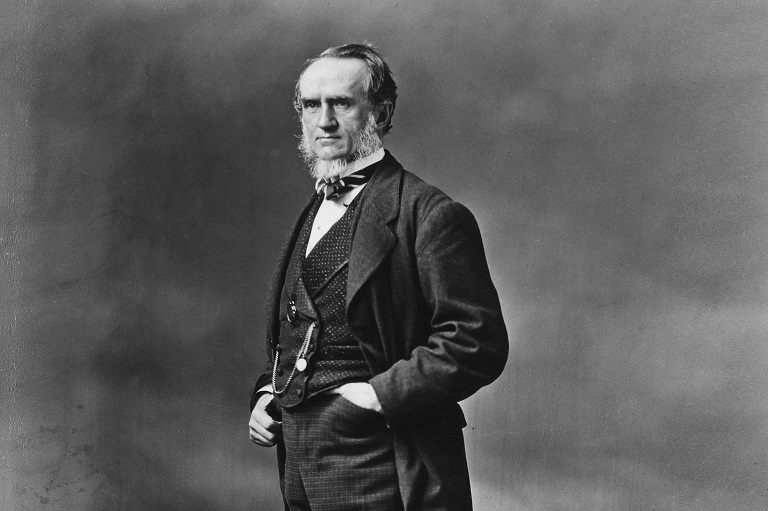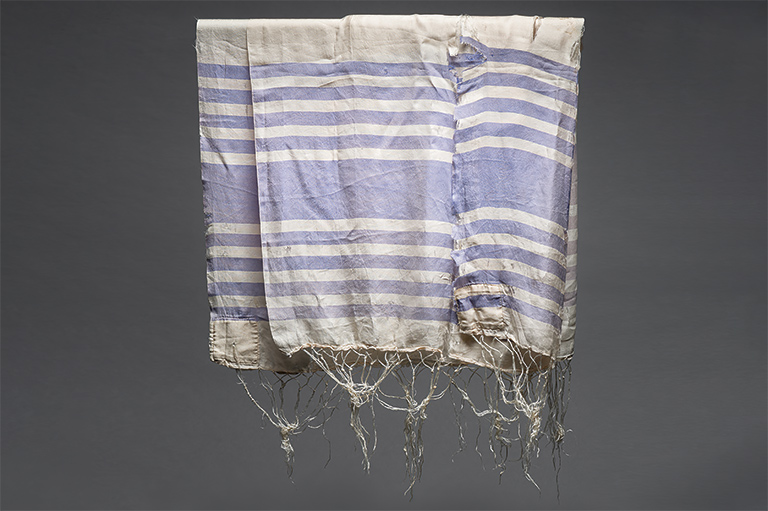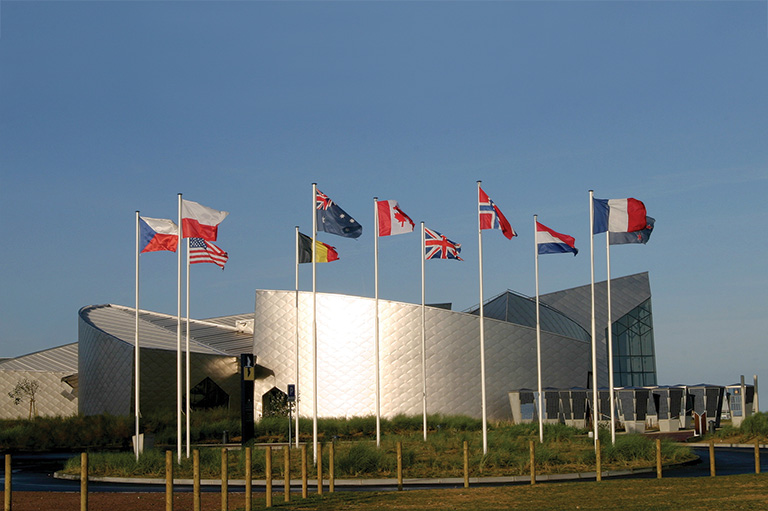Stranger Things
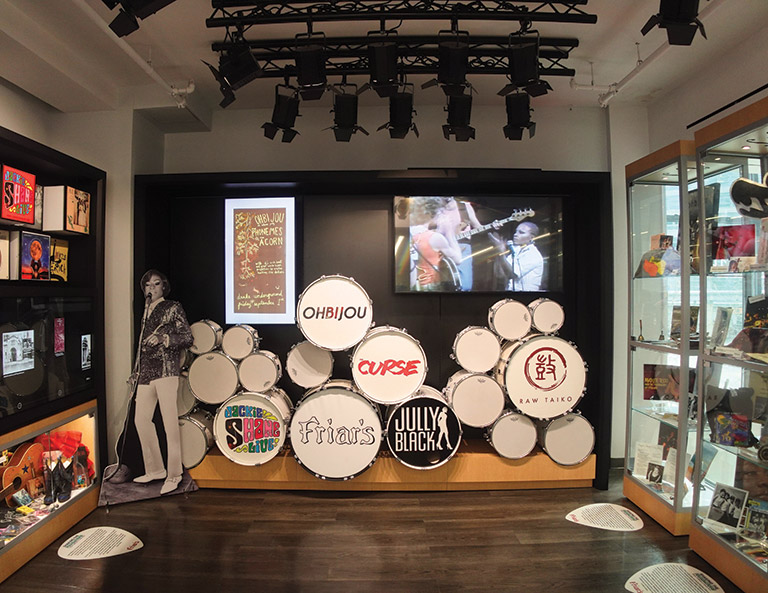
If you live in Toronto and didn’t know there’s a hidden museum on the second floor of the Shoppers Drug Mart near the legendary corner of Yonge and Dundas, take heart — you’re not the only one.
The 144-square-foot Friar’s Music Museum is filled with rare photos, album covers, stage clothing, concert flyers, autographs, instruments and interactive screens that celebrate Yonge Street’s musical culture and artists who’ve made a mark on Toronto’s music scene — and, in some cases, the international stage. Oscar Peterson, Ronnie Hawkins, Glenn Gould, Carole Pope, Jully Black and The Band are just some of the talented Canadians the museum has featured since its inception. The good news for Canadian music aficionados is that the curators recently announced they were granted charitable status and plan to open a bigger, more permanent location in 2029, giving fans a deeper dive into Toronto’s storied musical history. (In the meantime, if you haven’t had the chance to experience the seven-year-old museum at its current location, plan a visit!)
This spot is just one of many quirky museums across the country that lure residents and tourists with the promise of seeing something unusual, learning something fascinating and experiencing something your typical museum doesn’t offer. (No dinosaur bones here, folks, but cool artifacts, nonetheless.) Whether you stop at Victoria’s Miniature World out West or the Canadian Glove Museum in Point Leamington, N.L., Down East, you’ll find educational and entertaining exhibits of all types from coast to coast. Here are nine we’re adding to our must-visit list.
With 7 uniquely curated newsletters to choose from, we have something for everyone.
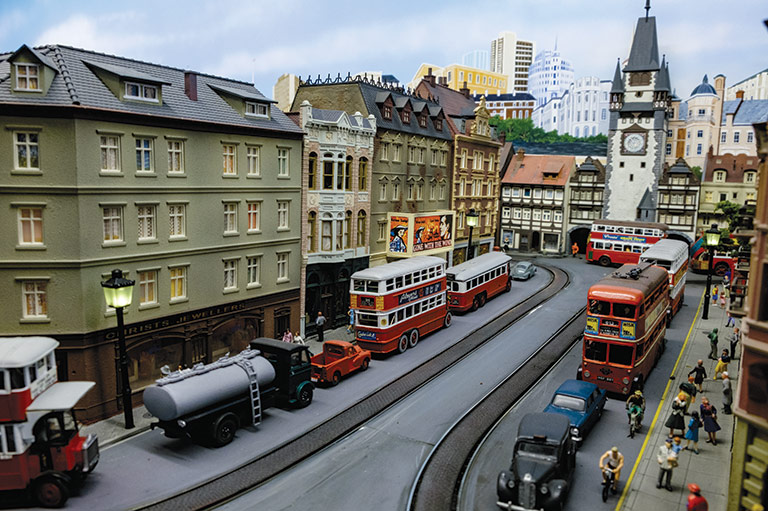
Miniature World
649 Humboldt St. (inside the Fairmont Empress hotel), Victoria, British Columbia
Dubbed “the Greatest Little Show on Earth,” Miniature World is one of Victoria’s most popular attractions, and for good reason — this place takes you back to your childhood, and it turns out stories told in dioramas are just as fun today as they were back then. For more than 50 years, millions of tourists and visitors have passed through to take in 85 exhibits featuring wee wonders — intricately designed (occasionally animated) dioramas depicting tales of fact, fiction and the fantastical. The phrase “attention to detail” will take on a whole new meaning when you see these impeccably created scenes. While it’s bigger than most people expect (that is, there’s just so much to see, it can take an hour or two to stroll through), you should still prepare to feel like Paul Bunyan.
Don’t miss: Check out the Great Canadian Railway, one of the world’s largest model railways; the Wonderful World of the Circus, which celebrates the nostalgia and wonderment under the big top; and two of the biggest dollhouses (circa 1880) ever built, featuring more than 50 beautifully furnished rooms. miniatureworld.com

World Famous Gopher Hole Museum
208 First St. S., Torrington, Alberta
Even Travel Alberta calls this volunteer-run museum “strange-but-true,” so you’re not alone if you’re wondering why Canada has a space dedicated to gophers. Actually, the 82 taxidermied models you’ll find in the 48 vignettes throughout the attraction are Richardson’s ground squirrels, not gophers. Still, gophers or not, the museum (which opened in 1996 about 160 kilometres northeast of Calgary) has lots to see. The mission behind the museum (admission is by donation) is to not only “provide an entertaining and educational experience for all visitors” by promoting curiosity, humour and creativity but also to foster an appreciation for prairie biodiversity, ecosystems and the province’s farming industry.
Don’t miss: If you, er, like rodents, you’ll get a kick out of seeing these creatures in a slew of roles and situations in funny diorama-style scenes; make sure you check out the ones chilling at the rodent hair salon, working at the Torrington Fertilizer Plant, attending a music jamboree and hunting and fishing. Take the guided tour so you can hear the stories behind the kooky displays, and consider picking up a gopher-themed souvenir at the gift shop. gopherholemuseum.org
Advertisement

Glitchy’s Oddities
510 33rd St. W., Saskatoon, Saskatchewan
Opened in 2018 inside Glitch Gifts and Novelties — a locally owned store filled with novelty items, retro goods and a bunch of knick-knacks — is Glitchy’s Oddities, the city’s only museum of its kind. The owners say it was inspired by “dime-store museums and whimsical roadside attractions,” and their collection is a neat mix of fact and fiction. What will you see? Where do we start?! If it’s ridiculous or spooky, it’s probably there. (Oh, and admission is free.)
Don’t miss: The World’s Largest Cheezie; a super-creepy ventriloquist doll; a famous two-headed calf; a mummified mermaid; a cast of a sasquatch track found in British Columbia; and Sophie, a haunted doll kept encased and restrained due to the very eerie and totally unexplained occurrences on-site since her arrival. glitchys.ca
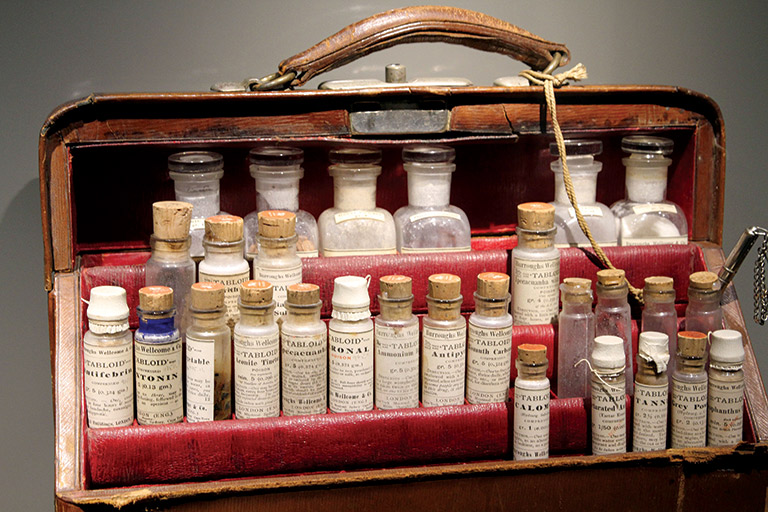
The Museum of Health Care at Kingston
32 George St., Kingston, Ontario
Most Canadians have much to say about the current state of our health-care system, but looking back at our medical history is also a fascinating endeavour. Located in the Ann Baillie Building National Historic Site, which was built in the early 1900s to house student nurses, the museum collects artifacts that help preserve our country’s medical past. Nine permanent exhibits teach visitors about medical innovations from the 1800s to present day. Of course, there’s more to this place than captivating displays — special events aimed at making health care more engaging for all ages (like the Teddy Bear Hospital) are often on the docket.
Don’t miss: A doctor’s treatment room circa 1930 is a popular exhibit; it’s modelled after the offices of two general practitioners in nearby Gananoque and focuses on medical treatments from back in the day, as well as the role electricity and X-rays were starting to play in health care. Do take a look at the rare 1900s static generator on-site — machines like this were used for electrotherapy, which treated such ailments as gout, neuromuscular dysfunction and rheumatoid arthritis. Tip: If you’re a nervous dental patient, it’s probably best to skip the Tooth Be Told exhibit, which showcases how dental procedures have changed through time. museumofhealthcare.ca
Save as much as 40% off the cover price! 4 issues per year as low as $29.95. Available in print and digital. Tariff-exempt!
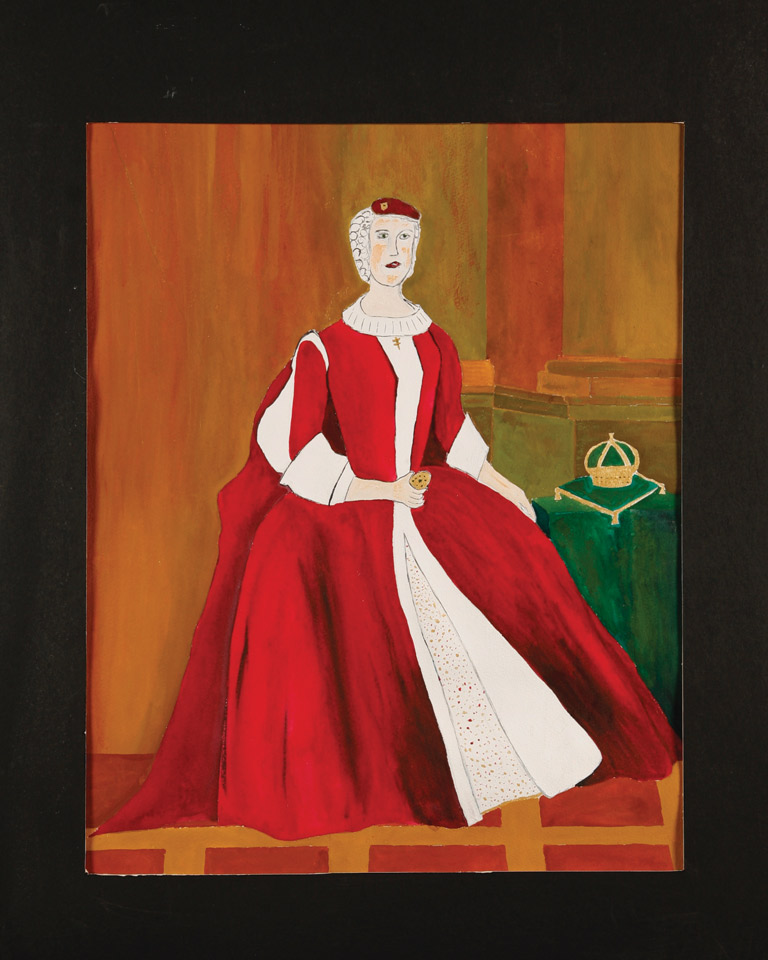
The Museum Of Bad Art exhibit at Exmuro
27 rue Notre-Dame, Quebec City, Quebec
Those who live and work in Quebec City are no strangers to Exmuro, which started in 2007 as a project to take art pieces out of galleries and feature them in public spaces. Exmuro moved to its current location in Place Royale in 2022, and it’s now home to an unusual permanent exhibit — The Museum Of Bad Art, which “brings together the best of art that is just too bad to be ignored.” Found at garage sales, thrift stores and flea markets and in Dumpsters and attics, these pieces were meant to be serious and sincere but missed the mark. (If we’re being honest, much of the work is better than we could create.) Curators have included interpretations of each piece, but as with any work of art, you’re free to engage with the paintings and make your best guess when it comes to what the artist was trying to convey. Bonne chance!
Don’t miss: Queen of the Chocolate Chip (watercolour on paper) was acquired at a yard sale in Massachusetts (Exmuro has a partnership with the Museum of Bad Art Boston) in 1994. Likely inspired by an 18th-century painting, this one features Her Majesty “caught mid-chew, as she sports a jaunty beret.” Captains of Industry (oil on canvas) features Thomas Edison and Henry Ford, complete with a family of sparrows living in Ford’s hat, which sits on a table; the car mogul instead dons a light bulb for headwear. exmuro.com

The Canadian Potato Museum
1 Dewar Lane, O’Leary, Prince Edward Island
Prince Edward Island farmers grow about 100 different types of spuds, and we probably wouldn’t know that nugget of info without the province’s famed Canadian Potato Museum, which celebrates all things taters. You’ll learn a ton of agricultural history, see the world’s largest exhibit of potato-farming machinery and find out why the potato industry — and all the baked, mashed, scalloped and fried deliciousness it brings to the world — is so important to the province. Turns out the potato is more than just a humble tuber, after all.
Don’t miss: Visit the on-site restaurant, the P.E.I. Potato Country Kitchen, and indulge in Fries With the Works — hamburger, peas and gravy, the way the Islanders do. And be sure to get a photo with the world’s largest potato sculpture at the museum’s entrance — there’s no way to overlook this giant spud. canadianpotatomuseum.com
Advertisement
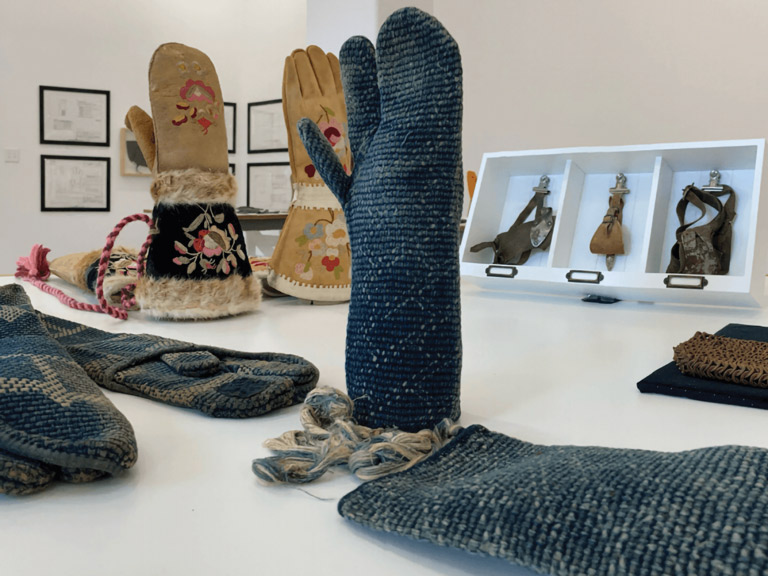
The Canadian Glove Museum
268 Main St., Point Leamington, Newfoundland and Labrador
You read that right. The Canadian Glove Museum, which sits on the shore of Notre Dame Bay, celebrates the world of gloves and glove-making, shedding light on the history of the industry and the innovations it has seen over the past century. Visitors can get up close and personal with the museum’s impressive collection of gloves worn by some of the world’s most famous celebs (think Elvis Presley, Audrey Hepburn and Marilyn Monroe). Those interested in the craft can also enjoy a 30-minute behind-the-scenes tour of Superior Glove, the largest glove-manufacturing plant in Canada. (The Canadian company has been a leader in the design of safety gloves and sleeves since 1910.)
Don’t miss: The hands-on (pun intended) exhibits include interactive activities such as the Mini-Dipped Glove, which allows visitors to make their own tiny glove, and Magic Yarn Disappearing, featuring the science and innovation behind the materials used in glove-making. Don’t leave without signing a fabric handprint — they’re sewn into the museum’s wall, creating a work of art that celebrates its guests. Admission is free. thecanadianglovemuseum.com
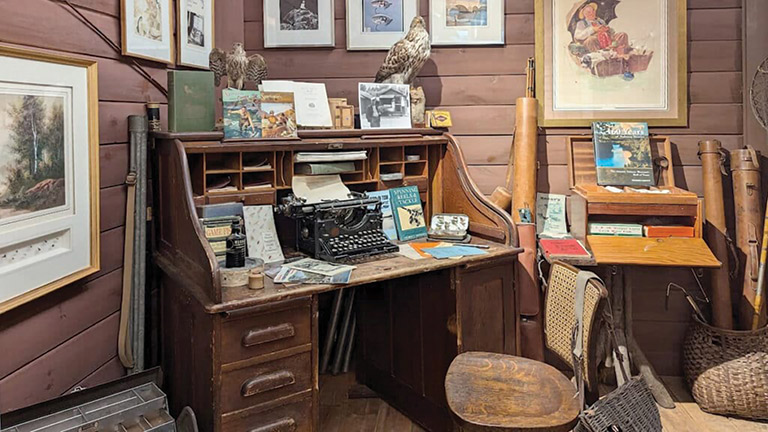
Atlantic Salmon Museum
263 Main St., Doaktown, New Brunswick
With views of the Miramichi River, the Atlantic Salmon Museum opened more than 40 years ago as a nod to the role Atlantic salmon (a.k.a. the King of Fish) play in New Brunswick’s history and culture. Three galleries (one on the main floor, two on the lower level) display salmon memorabilia and artifacts that celebrate the impact the fish made in the area. Case in point: The newest exhibit, The Golden Age of Salmon Fishing on the Miramichi, looks at the interest in recreational salmon fishing that started just before the turn of the 20th century. The Hall of Fame fetes the achievements of more than 200 anglers and fly tyers who’ve been inducted over the years, and the Reading Room is the perfect spot to sit back and explore more about this famous fish at your leisure.
Don’t miss: The John Keith-King Collection was donated to the museum nearly a decade ago and consists of fly plates, fishing rods, fish replicas, fishing tackle, antique outboard motors and stainless-steel mesh sculptures of sockeye salmon to fascinate anglers. atlanticsalmonmuseum.com
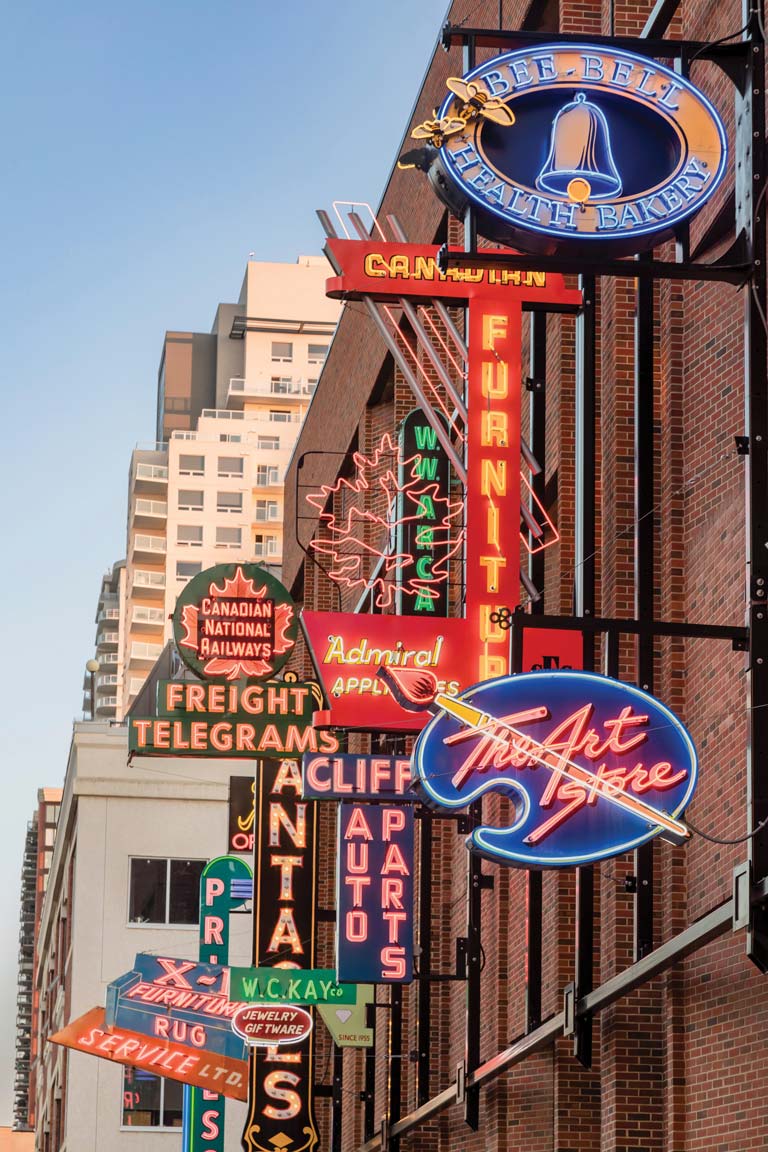
Neon Sign Museum
104 Street N.W. and 104 Ave., Edmonton, Alberta
The first of its kind in Canada, the Neon Sign Museum is a labour of love for volunteers from the City of Edmonton’s heritage planning department; the team has spent countless hours collecting neon signs that used to hang from old or demolished buildings and having them restored to their former glory. Outdoors and open 24 hours a day, seven days a week, the museum is the perfect place for artists and business owners to showcase the iconic signs that played a role in the city’s history. There are currently more than a dozen signs to view (the city has a goal of featuring 30), and each one has a plaque to tell its story.
Don’t miss: The drugstore sign, put up on Darling’s Drug Store almost a century ago, was the first neon sign in Edmonton. Mike’s News is another sign with a unique history. An institution in the city from 1912 to 1986, the newsstand was owned by John “Mike” Michaels, who emigrated from New York and first sold newspapers via horse. edmonton.ca
We hope you will help us continue to share fascinating stories about Canada’s past.
We highlight our nation’s diverse past by telling stories that illuminate the people, places, and events that unite us as Canadians, and by making those stories accessible to everyone through our free online content.
Canada’s History is a registered charity that depends on contributions from readers like you to share inspiring and informative stories with students and citizens of all ages — award-winning stories written by Canada’s top historians, authors, journalists, and history enthusiasts.
Any amount helps, or better yet, start a monthly donation today. Your support makes all the difference. Thank you!
Themes associated with this article
Advertisement


